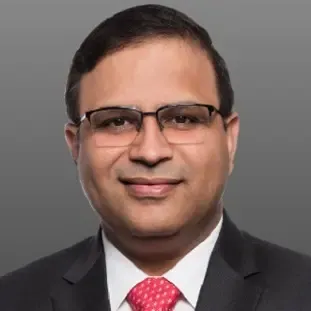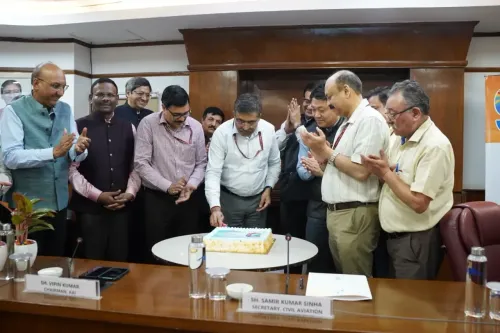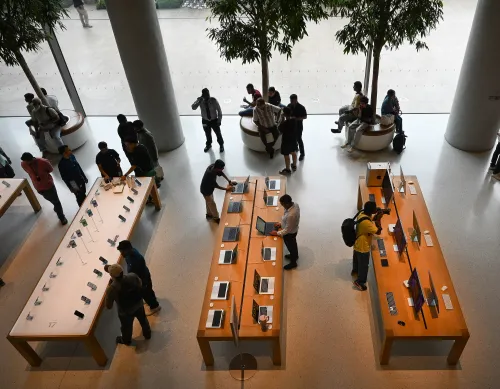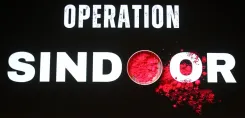How Did Focused Government Initiatives Propel India to Become the 4th Most Equal Country in the World?
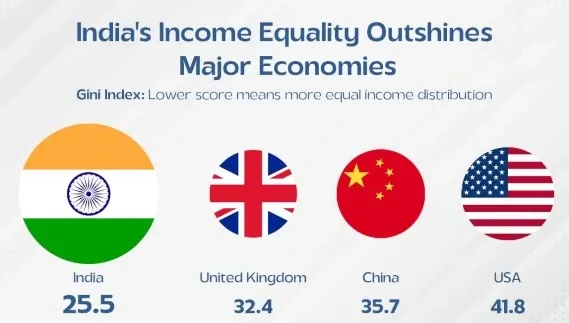
Synopsis
Key Takeaways
- India's Gini Index is now at 25.5, making it the 4th most equal country worldwide.
- 171 million people have been lifted out of extreme poverty in the last decade.
- India's income distribution is more equitable compared to China and the USA.
- Targeted government initiatives play a crucial role in this achievement.
- Programs like PM Jan Dhan Yojana and Ayushman Bharat are pivotal in promoting equality.
New Delhi, July 5 (NationPress) In yet another remarkable achievement for the government led by Prime Minister Narendra Modi, India’s Gini Index has reached 25.5, positioning it as the fourth most equal nation globally, following the Slovak Republic, Slovenia, and Belarus, as reported by the World Bank.
The Gini Index serves as a simple yet effective measure to assess the distribution of income, wealth, or consumption among households or individuals within a country.
This index ranges from 0 to 100, where 0 symbolizes perfect equality and 100 indicates total inequality, where one individual possesses all income, wealth, or consumption. A higher Gini Index signifies greater inequality.
India's score significantly outperforms China's 35.7 and the United States’s 41.8, showcasing more equality than all G7 and G20 nations, many of which are recognized as advanced economies.
As the world's fourth-largest economy, India stands out as one of the most equal societies today. This achievement is particularly impressive given the country’s vast size and diversity. It reflects a commitment to distributing economic growth more equitably among the populace. The success is attributed to a consistent focus on poverty alleviation, enhancing financial access, and delivering welfare support directly to those in need.
The government asserts that India’s favorable position on the Gini Index is not a mere coincidence.
"This is closely tied to the persistent success in reducing poverty in both rural and urban sectors. The Spring 2025 Poverty and Equity Brief by the World Bank identifies this as one of the most significant accomplishments in recent years," stated an official release.
According to the World Bank report, 171 million Indians have been lifted out of extreme poverty in the last decade.
The proportion of individuals living on less than $2.15 per day—a threshold for extreme poverty until June 2025—dropped dramatically from 16.2% in 2011-12 to just 2.3% in 2022-23. With the World Bank’s revised extreme poverty line of $3.00 per day, the poverty rate for 2022-23 would be adjusted to 5.3%.
India’s advancement towards greater income equality is supported by a range of targeted government initiatives.
Key schemes include PM Jan Dhan Yojana, Aadhaar and Digital Identity, Direct Benefit Transfer (DBT), Ayushman Bharat, Stand-Up India, Pradhan Mantri Garib Kalyan Anna Yojana (PMGKAY), and PM Vishwakarma Yojana, among others.
“What differentiates India is its capability to merge economic reform with robust social protection. Targeted schemes like Jan Dhan, DBT, and Ayushman Bharat have effectively bridged long-existing gaps. Simultaneously, initiatives like Stand-Up India and PM Vishwakarma Yojana empower individuals to generate wealth and secure livelihoods independently,” stated the government.

